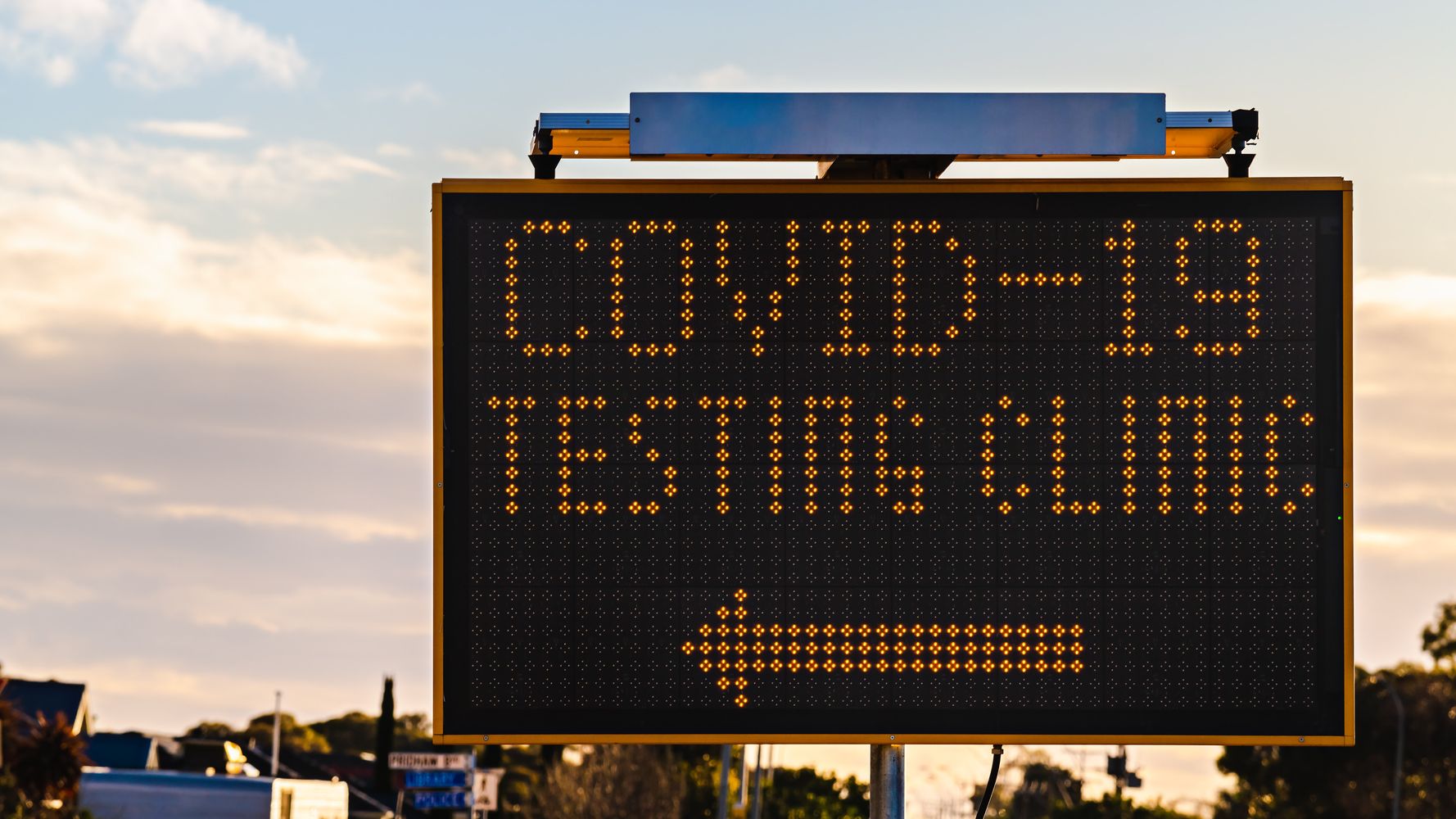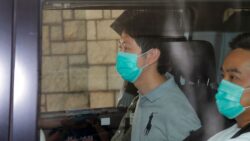Figuring out how to safely see family or friends over the holidays isn’t going to be an easy feat this year.
You could take the safest route and strictly quarantine for two weeks before going indoors with others, but if you’re traveling or on a tight schedule, a full two-week quarantine may not be so realistic.
More than likely, people will instead ask their guests to take a quick diagnostic test before inviting them inside. A quick swab of the nose or throat should let you know whether you and your guests are in the clear, right?
The diagnostic tests currently available can help us catch a good portion of infections, but they’re not foolproof. Here’s why COVID-19 tests can fall short and why you shouldn’t totally rely on them prior to holiday celebrations.
The coronavirus has a lengthy incubation period.
Every virus has an incubation period — the amount of time it takes a virus to infect a person’s cells, spread through the body and become infectious.
With COVID-19, the incubation period is usually about three to five days, but it can run up to 14 days. In rarer cases, it’s even longer. This basically means that at any point during the incubation period, you can be infected and potentially shedding the virus, but you still might not test positive.
“The problem is that the virus is incubating and not shedding until the moment that it is,” says Eric Cioe-Peña, the director of global health with Northwell Health in New Hyde Park, New York.
“If you take a test a day or two after being exposed to COVID-19, you probably won’t test positive, even if you have contracted the virus.”
Could you test negative right before you start actively shedding the virus? Absolutely.
In fact, if you take a test a day or two after being exposed to COVID-19, you probably won’t test positive, even if you have contracted the virus.
Just because you test negative today does not mean you won’t tomorrow — the tests only tell you if you’re infected at a specific moment in time, not if you’re on the cusp of becoming infectious.
“You could completely miss the boat and kind of lure yourself into a false sense of safety,” Cioe-Peña said.
Asymptomatic and mild cases can go undetected.
Most doctors believe COVID-19 tests work better on symptomatic patients who consistently have high viral loads (which makes it easier to detect an infection).
Yvonne Maldonado, an infectious disease specialist with Stanford Health Care, said the viral loads in asymptomatic and mild cases vary greatly — while some of these patients have remarkably low viral loads, others have moderate to high viral loads.
Consequently, infected people with low viral loads could easily receive a false negative test result, providing them with a false sense of security. Since asymptomatic transmission is fueling a lot of COVID-19 spread, that’s not really a risk you want to take.
Bottom line: A test doesn’t always accurately reflect how infectious someone is, according to Maldonado.
“The likelihood, in an asymptomatic person, that you’re going to have a result that reflects reality is going to be less likely than if you have a person who’s got symptoms,” Maldonado said.
The tests don’t catch every case.
There are two types of tests available — the PCR tests and the rapid (antigen) tests.
Let’s start with the rapid tests, since that’s likely what most people are going to use. (They’re cheaper and provide quicker results.)
Cioe-Peña said these tests are really only reliable if you test positive. Rapid tests produce a lot of false negatives, which is a negative result for someone who is actually infected. Doctors have seen false negatives in up to 50% of rapid tests.
Then there are PCR tests, which are much more reliable because they can detect small bits of viral material. It’s estimated that PCR tests produce false negatives anywhere from 2% to 37% of the time. They’re more accurate than the rapid tests, but not perfect.
Keep in mind that it often takes longer to get results from a PCR test. If demand for them is high (which already seems to be the case), labs could get backed up even more.
And remember that tests only tell you if you’re infected at the moment you’ve been swabbed. If PCR results take a long time and you don’t quarantine while you wait for results, you could still get infected.
What’s the best plan of action?
Cioe-Peña said the safest course of action is to strictly quarantine for 14 days, then get tested.
“That negative is really strongly suggestive that you are completely negative,” he said.
If a 14-day, strict quarantine is not in the cards, consider scheduling two tests a few days apart. (If you’re doing the math for Thanksgiving right now, this means you.) You’ll have a better chance of catching the infection if you test multiple times during the incubation period. For example, if you absolutely must travel to see family, consider taking a test immediately before you travel, and then again three to five days after.
Remember, because the tests don’t catch 100% of infections, you and your guests should still adhere to all the other recommended safety measures — wash your hands, keep your distance, stay outdoors and wear a face mask. Or better yet, stay home this year.
“[A negative test] doesn’t give you a pass for the rest of human behavior during the holidays. I worry that we’re in danger of people interpreting it that way,” Cioe-Peña said.
Experts are still learning about COVID-19. The information in this story is what was known or available as of publication, but guidance can change as scientists discover more about the virus. Please check the Centers for Disease Control and Prevention for the most updated recommendations.


